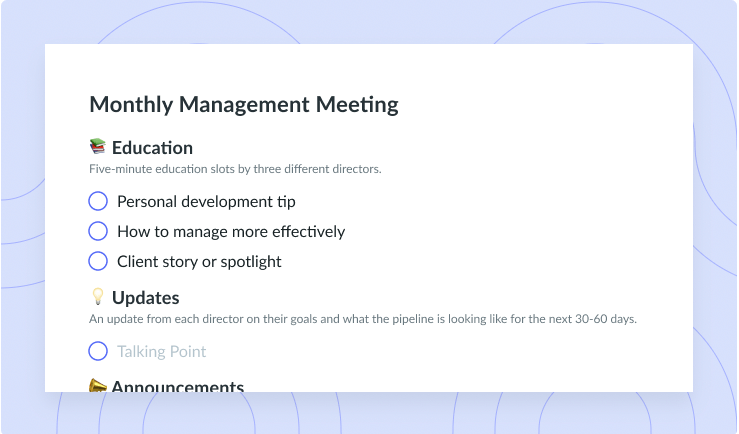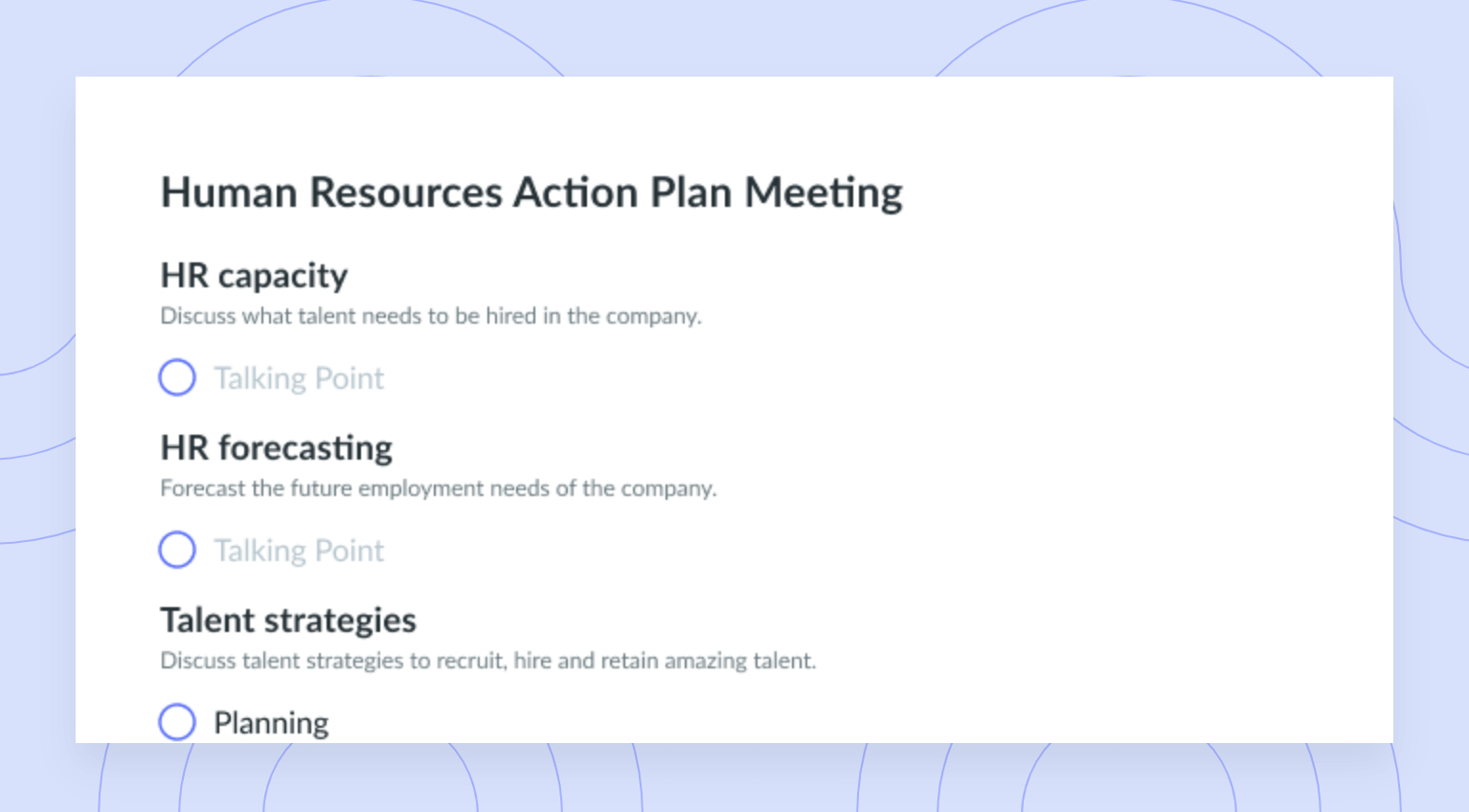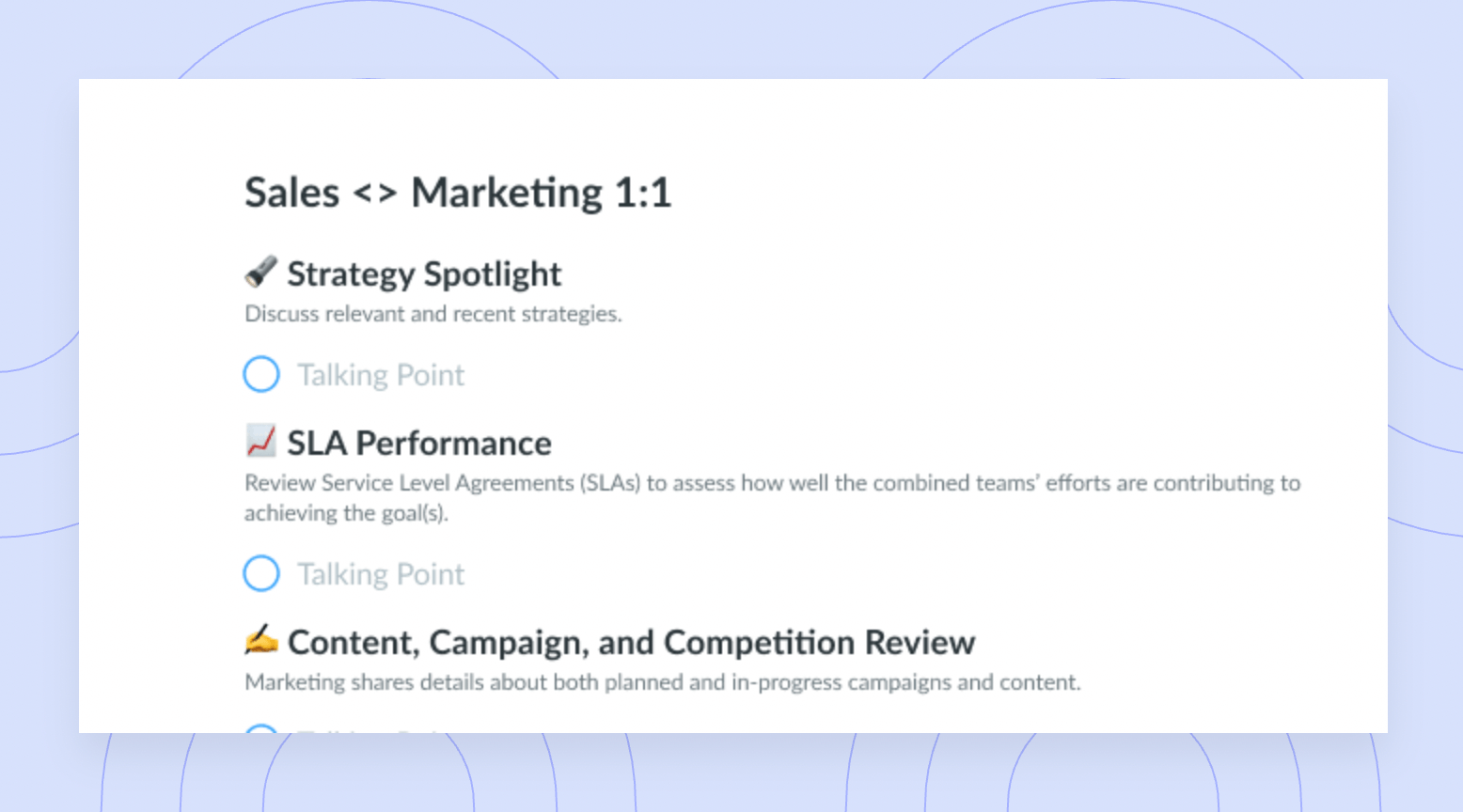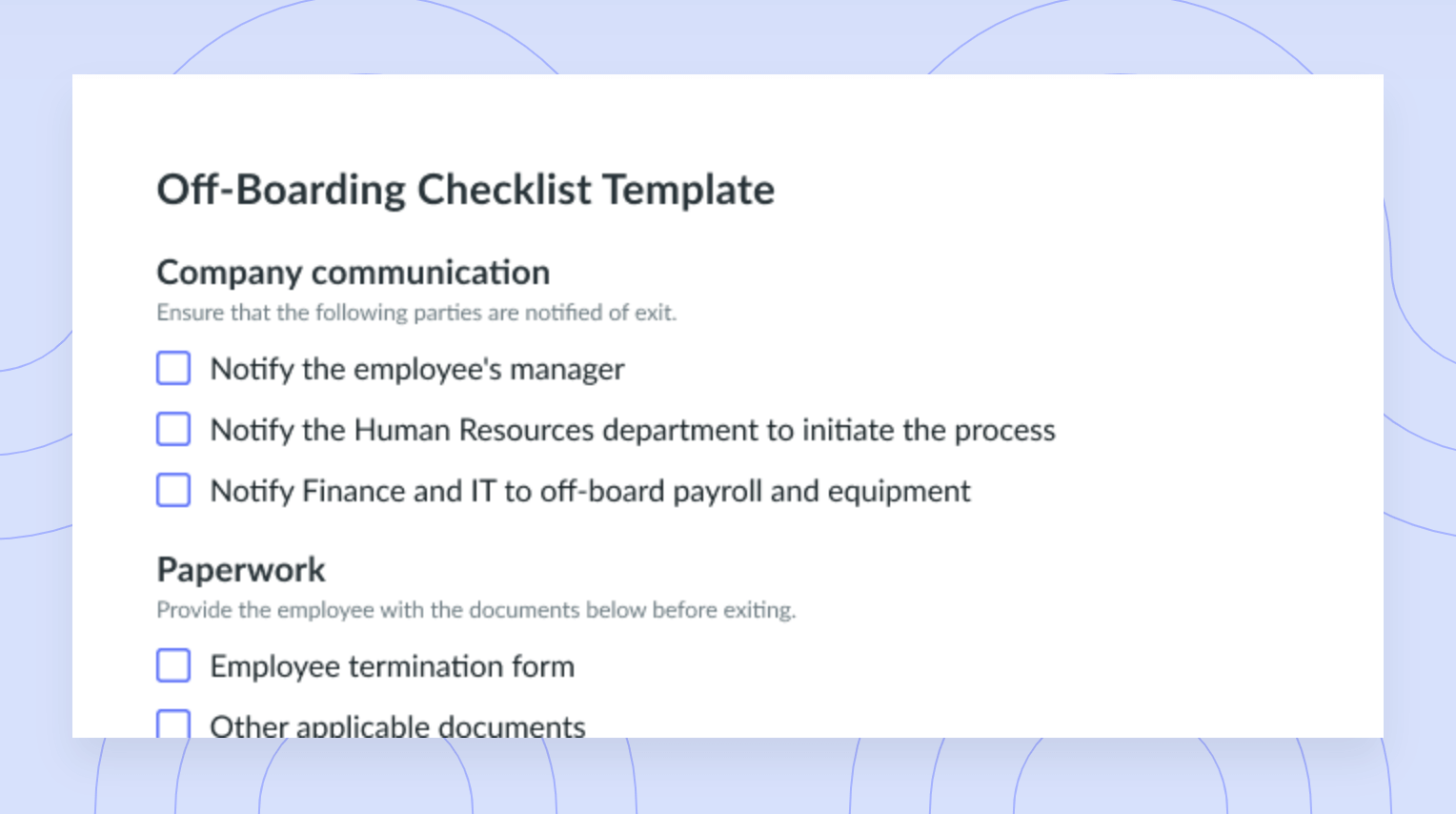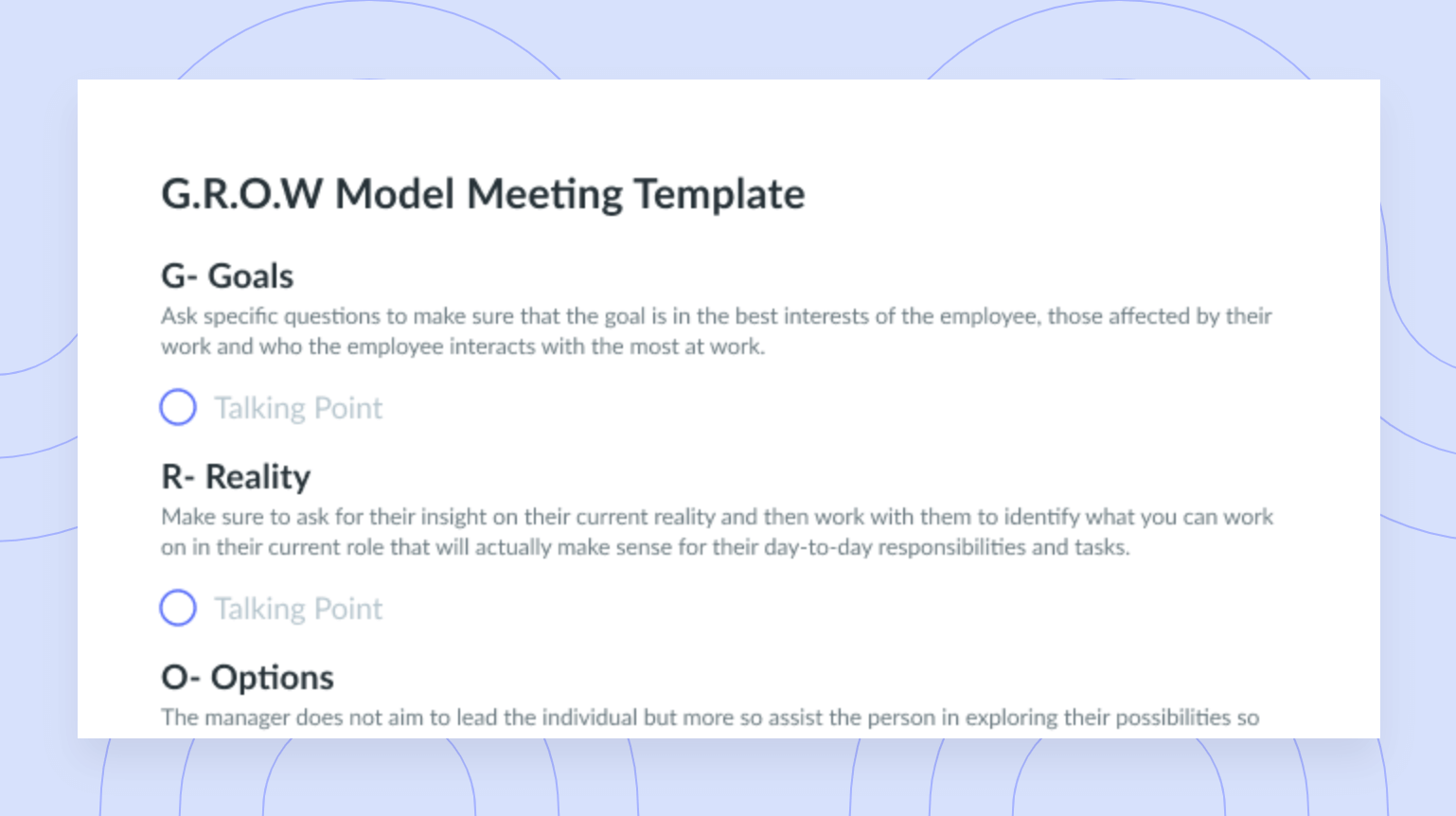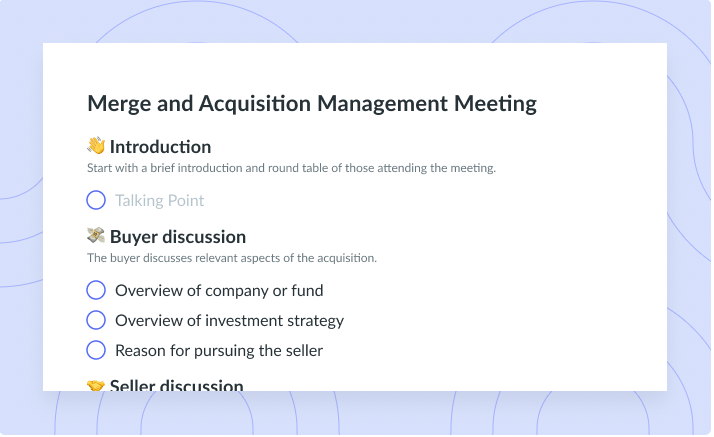What Is Talent Management? (+ 7 Best Practices to Do it Right)
Talent Management is an essential component of any effective business strategy. Use this complete guide to attract, retain, and develop employees, enabling your workforce to achieve their full potential.
When it comes to business strategies, talent management is often pushed aside and saved for later. Managers don’t realize that talent management strategies enable organizations to retain top talent and yield desired business results.
Putting a focus on your talent management strategy will help you enhance your employee experience, your employer brand and your overall business outputs. For that reason, Fellow has created a complete guide to handling your talent management strategy.
- The importance of talent management
- 6 stages in the talent management model?
- 7 best practices to improve your talent management process
What is talent management?
Talent management is a company’s commitment to recruit, retain and develop their top talent. Its purpose is also to find outstanding employees on the job market and attract them to a position within the organization.
Talent management includes any processes and systems that are utilized in the process of retaining and developing a skilled workforce. In a recent article by the Harvard Business Review, Peter Cappelli depicts a simple but valuable description of what talent management encompasses:
“At its heart, talent management is simply a matter of anticipating the need for human capital and then setting out a plan to meet it.”
Essentially, this business strategy entails identifying organizational objectives and using your top talent to achieve them.
The importance of talent management
We’ve already mentioned that your talent management strategy is pivotal to the organization’s success. But why? The simple answer is that it allows you to capitalize on your employees, who are undoubtedly the strongest asset of your organization.
Here are 7 benefits of developing a talent management strategy:
- Helps businesses improve performance
- Allows companies to stay competitive
- Drives innovation
- Helps form productive teams
- Decreases turnover
- Leads to strong employer branding
- Motivates others to grow

What are the 6 stages in the talent management model?
Talent Management models aren’t linear and operate as more of a cycle. Often, this cycle begins with acknowledging the need for talent and moves towards filling this identified gap. As you progress through the model, you’ll grow and optimize your employees skills, as a collective. While there’s no standardized, TM model, we propose 6 essential stages to be included:
1 Planning
The first step in the talent management model identifies where the gaps are, meaning where there’s a requirement for human capital. After you’ve identified the need for talent, you can start creating job descriptions for key roles within the organization and subsequently, guide sourcing and initiate a workforce plan for recruitment.
2 Attracting
Next, you need to see if you can fill these requirements internally or externally. Wherever you’re going to find talent, make sure that you have healthy-looking and diverse talent pools. In another article by the Harvard Business Review, Tomas Chamorro-Premuzic and Jonathan Kirschner share:
“The ability to see talent before others see it (internally and externally), unlock human potential, and find not just the best employee for each role, but also the best role for each employee, is crucial to running a topnotch team. In short, great managers are also great talent agents.”
The identity or employer brand that the company has created is important at this stage of the model because it’s going to determine the quality of applications that you see come in.
3 Selecting
Now, you need to determine who’s the right match for the job. There’s all kinds of ways to test and analyze if someone’s the right fit for your team.
From interviews to written tests, group discussions, to case studies, there are a lot of methods at your disposal that’ll give you an overall picture of the person you’re going to potentially hire.
4 Developing
On the topic of developing your team, Peter Cappelli, a George W. Taylor Professor of Management at the Wharton School and director of its Center for Human Resources highlights:
“It still makes sense to develop talent internally where we can because it is cheaper and less disruptive. But outside hiring can be faster and more responsive. So an optimal approach would be to use a combination of the two. The challenge is to figure out how much of each to use.”
Remember that it’s the person you’re hiring, not their CV or formal qualifications. Investing the time to develop employees and support their growth is going to build employee engagement and build trust.
Make sure that you have a good onboarding program so that new employees don’t feel like there’s a lack of direction. Once they’re settled in, you can think about any kinds of opportunity (like training and development programs) to enhance skills and competencies that will also benefit the organization.
5 Retaining
If you want to lead a successful team, you’ve got to find a way to effectively retain your talent.
This part of the TM model focuses on performance management, so make sure that you are giving and receiving feedback openly (both positive and constructive feedback).
Offer opportunities for growth and improvement so that individuals can prepare themselves for more evolved roles, knowing that they have your support.
Schedule regular 1-on-1 meetings where you coach direct reports on their performance, professional development, and goals.
Download: The Definitive Guide to One-on-Ones
6 Transitioning
Transitioning is an important part of the model and is closely related to management and HR practices. You want your employees to feel like they are part of the bigger whole of the company, and that they can grow and transition to different roles within your organization.
Some examples of effective transitioning include succession planning, funnelling talent through internal promotions, and providing retirement benefits. These transition tools will enable the collective to feel part of the whole.
7 best practices to improve your talent management process
The talent management process consists of how you organize the management of employees, or talent resources. It’s how you choose certain employees for certain positions, how you choose to hire them, how you choose to train them, motivate them, communicate with them and essentially, work with them. Here are 7 best practices to improve your talent management process:
1 Specify what skills you need
Determine what kinds of people you need to hire and which gap they’d be filling. Think about if you can develop internal employees (opt for this where possible) or if you think you may need to look elsewhere for the talent required.
2 Build a diverse candidate pool
Posting a role on a job posting site isn’t enough. If you want to attract a diverse group of candidates, make sure to reach out to different groups and networks that might be interested in the available position.
Some strategies to attract a diverse pool of candidates include building partnerships with multicultural associations, creating an employee referral program that encourages diversity, and removing biased language from job descriptions.
3 Create an organized onboarding process
It’s really important that you’re prepared for your new employees to start. Give proper orientation to your employees and assign someone to direct their onboarding experience. Decide which tasks you will assign to them, what kind of documentation they’ll need, organize training sessions and schedule these activities in an appropriate order.
Onboarding remote employees is no easy task. Learn how to provide a successful onboarding experience with these 7 tips for onboarding remote employees.
4 Encourage learning and development
Developing existing talent is typically a little easier than hiring new talent. That being said, even if you hire outside talent, they’re going to want to learn something new when it comes to their day to day responsibilities.
Plan for the most effective ways for your employees to learn and grow in their roles and ask them which methods of training are best suited for their style of learning. It might even be beneficial to build a learning management system to store all of the great development material you’ve put together!
5 Hold regular 1-on-1s and performance conversations
Check-in with your employees on a regular basis. Don’t wait for an end-of-year review to share feedback on their work!
It’s important to know how your employees are feeling in their role, what their capacity is, what their understanding is, and if they’d like to put more work into a specific area or try something new. The more you know, the easier it is to help your team members progress in their roles and feel satisfied at work.
6 Strategize to retain your best talent
There are many things you can do to keep employees engaged and motivated at work. For instance, recognizing their good work on an ongoing basis, and encouraging innovation and creativity.
Everyone is different but positive recognition, improving company culture, and providing benefits and promotions are just a few ways to maintain job satisfaction and minimize wandering eyes on other job posting sites.
7 Plan for successions
Do your best to support and nurture your employees to steer them in the direction of their desired career path. Equip your employees to perform to their greatest ability through learning and development opportunities and continuous feedback.
Finally, make sure that if an employee decides to leave the organization that you conduct an exit interview to understand their decision to work elsewhere. It’s a significant learning opportunity to prevent the same thing from happening in the future.
We’d like to finish this off with another great quote from Tomas Chamorro-Premuzic and Jonathan Kirschner from the Harvard Business Review who write:
“…the most important part of this process is to never stop thinking about your employees’ potential and talent. No other factor is likely to make such a big difference when it comes to building a high performing team.”
Conclusion
There are so many different types of talent management strategies and no definitive template, because what really matters is what goes into them. We hope that this complete guide to talent management steers managers to prioritize developing and retaining employees so that they can use their human capital to their benefit.
A strong sign of competent and effective management is consistently seeing employees developing, getting closer to reaching their long term goals and eventually, their full potential. Whenever you need to reference anything talent management related, be sure to revisit this guide.
From all of us at Fellow, thanks for reading. If you found this article resourceful, share it with a friend or colleague!










